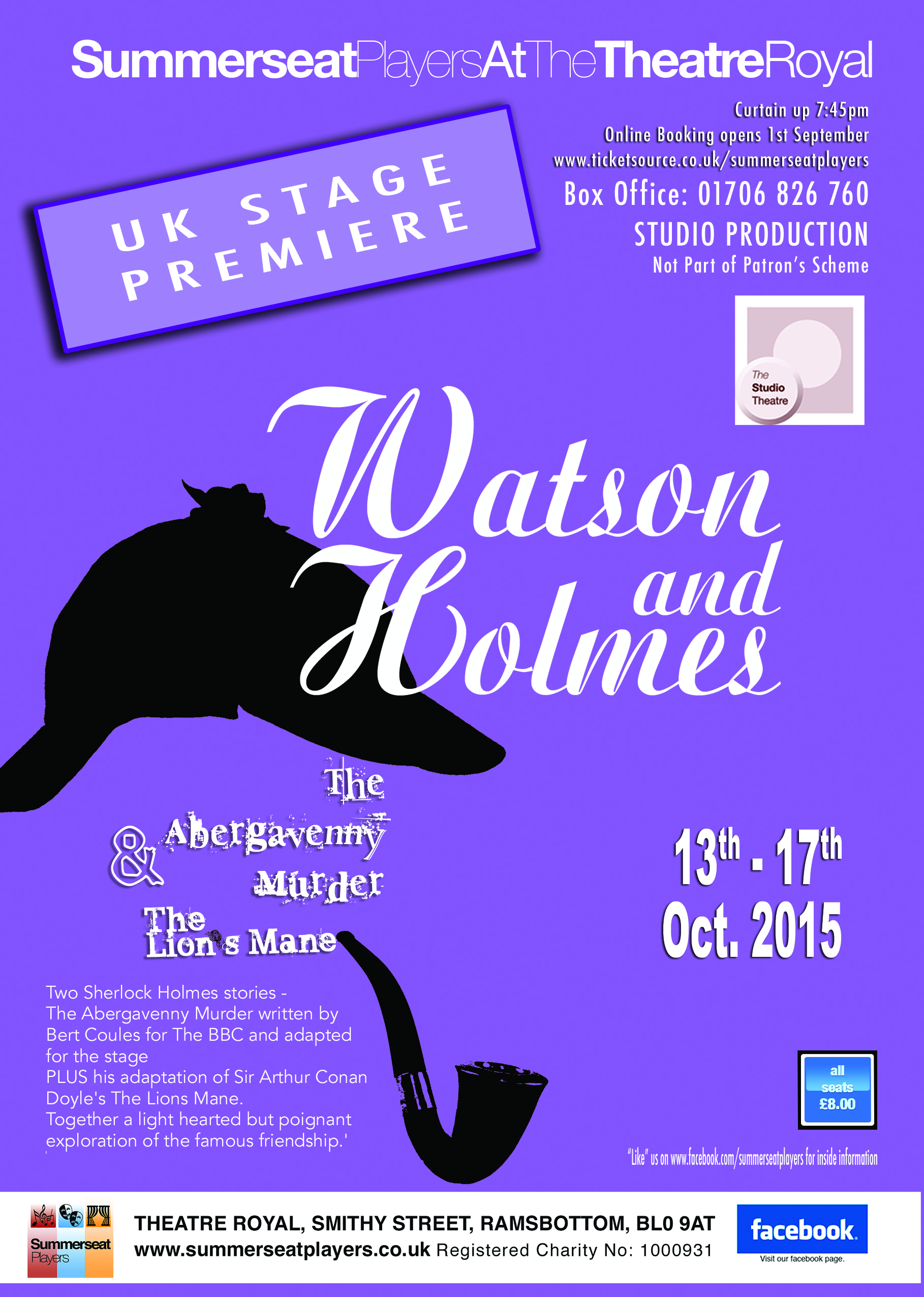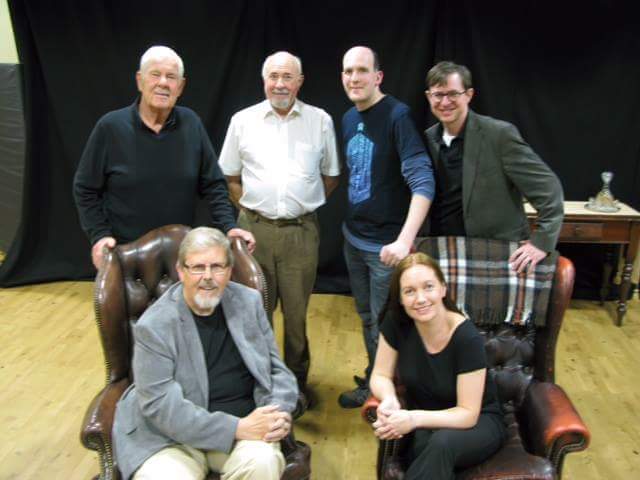Arthur Holmes Howell
Arthur Holmes Howell ( May 3, 1872 in Lake Grove, New York; † July 10, 1940 in Washington, DC ) was an American zoologist who mainly dealt with birds and mammals.
Life and work
Arthur Holmes Howell was the son of Elbert Richard and Ann ( Judson Holmes) Howell. After high school he worked as a civil servant, but spent most of his free time birding. He also collected the nests and eggs of animals, and began the manufacture of brats.
In 1888 he made the acquaintance of William Dutcher, who invited him to the Linnean Society of New York to join. Howell did this and was in 1892 elected for two years as secretary of this society. 1889 Howell came in and the American Ornithologists ' Union. In both societies Howell met many scientists, among them Vernon Bailey, who hired Howell as field assistants. From 1896 Howell worked as a curator in Washington, DC at the Division of Biologias Survey, where he was primarily responsible for mammals. During this time he gained great notoriety in zoology, and was elected in 1930 as the academic member of the American Ornithologists ' Union. Among other things, he visited in August 1898, the Great Gull Iceland and confirmed that there the Gull - Wiesenwühlmaus ( Microtus pennsylvanicus nesophilus ) was extinct.
In May 1940, Howell retired, shortly thereafter suffered a cerebral hemorrhage and died on 10 July 1940.
During his lifetime, Howell has published over 80 scientific papers and numerous books on birds and mammals, including " Birds of Arkansas " (1911 ), "Birds of Alabama " (1924 ) and "Florida bird life" ( 1932). His most important works include work on the interaction of birds with the boll weevil ( Anthonomus grandis ), an important pest of the cotton plant. He is also a describer of 83 mammal species, including the gray mouse-eared bat (Myotis grisens ) and the Red-tailed Chipmunk ( Tamias ruficaudus ).










